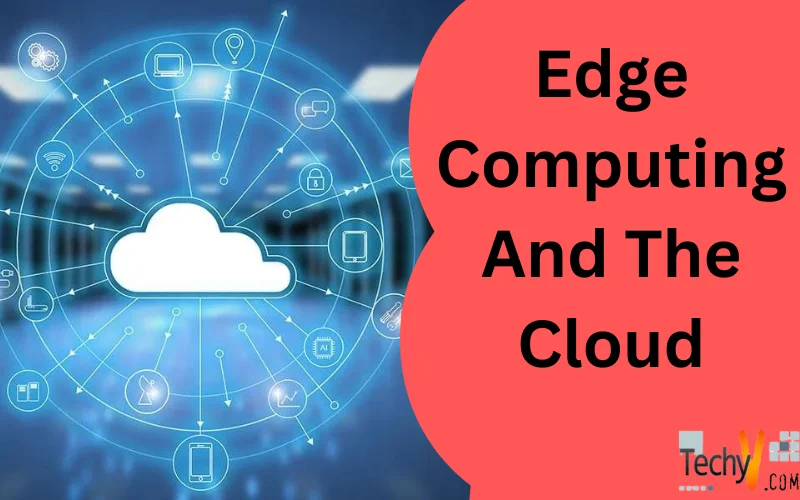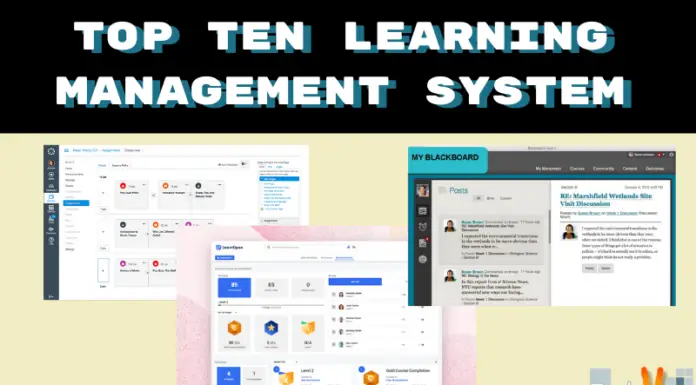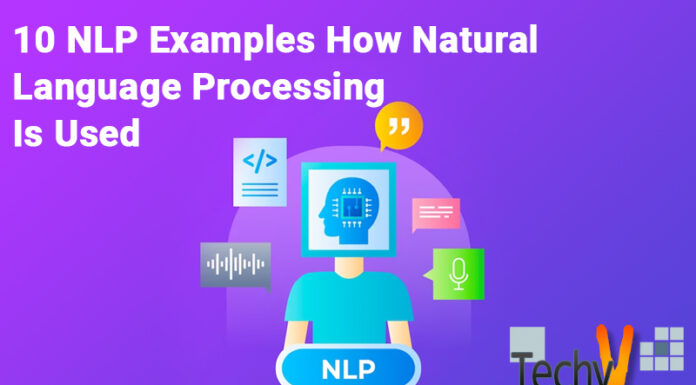Edge computing has rapidly become a hot buzzword in the world of technology, but what does it mean? What are the differences between edge computing and cloud computing and how is this different from businesses’ expectations concerning cloud computing? In this blog post, we will explore deeply the world of edge computing. We will discuss why future operations may rely on this nascent technology in greater detail. Topics that are discussed herein include infrastructure requirements, potential benefits, security considerations; and scalability solutions for any organization interested to understand how they can leverage edge computing solutions along with their existing cloud systems. Get ready to level up your knowledge of the power of edge computing!
What Is Edge Computing
As real-time data processing and low-latency applications are becoming a crucial requirement for future developments, edge computing has evolved as a powerful computing model that supports cloud computing. Unlike the centralized Cloud-Edge Integration model, an edge is more of an architecture where power computations are pushed closer to the data source. This brings forth improved latency and faster processing of data hence crucial in emerging technologies like IoT and autonomous vehicles. Edge also provides other added benefits such as enhanced security, bandwidth cost reduction, and better network utilization. Leveraging the strengths of cloud as well as edge computing, organizations could build a robust hybrid computing infrastructure to meet their growing needs.
Benefits Of Edge Computing For Businesses
In the current business environment, companies strive to make their operations more efficient and effective by coming up with ways of streamlining them. Probably one of the easiest ways is through edge computing. Edge computing refers to processing data as close as possible to its generation point rather than going through a central location. It has several benefits that include faster speed, reduced latency, and enhanced security. By processing data at the edge of the network, businesses can analyze information in real-time instead of waiting until they gather all data and then decide on random guesses. In addition, edge computing can help organizations manage the demands of the ever-increasing amount of data generated by IoT devices. In general, edge computing is a great solution for businesses with fancy and modern operations looking forward to optimizing their business strategies towards the digital age.
Challenges Of Edge Computing
Edge computing has altered the way businesses cope with data. This is a fourth industrial revolution that brings about many benefits but also formidable challenges. Edge devices are often put in place in remote, harsh and inaccessible environments hence maintenance becomes difficult. Additionally, monitoring thousands of different devices as well as ensuring their security turns into a time-consuming process as well as an expensive one. Data centres face problems regarding network latency, bandwidth, and power consumption. Although these problems are faced by business houses, it still prefers edge computing since it gives real-time insights, lower latency increased reliability and improved security. Rather than putting up with it, businesses should come out with innovative strategies like automation, remote monitoring as well as edge-native applications to mitigate these challenges. In this way, they can unlock the full potential of edge computing and emerge to be leaders in the industry.
How To Leverage The Power Of Edge Computing
Companies cannot keep up anymore with the fast-growing competition in business. It is possible to gain an advantage by using edge computing power. Instead of relying on central cloud servers, Edge Computing processes data at the source instead of consuming big volumes through lots of intermediate steps as done inside a cloud server. This helps in making faster decisions and also helps improve operational efficiency, and reduce costs. You can use edge computing for improving customer experiences or increasing internal process efficiencies according to your objectives. With the right strategy and implementation, you could attain the full potential of this technology and gain a competitive advantage in your industry.
Challenges To Implementing Edge Computing
With technological advancement also accelerating, organizations are now seeing the benefits of edge computing. Data can be processed more efficiently and latency is reduced when it is done closer to where the data originates. The real-time nature of decision-making becomes possible with this kind of technology. However, cost implications in deploying this solution aren’t simple; therefore, there has to be consideration of all these aspects around security, network connectivity as well as application design for efficient deployment of edge computing solutions as well as managing and processing a mountain at the edge. While the challenges don’t come easy, the benefits of edge computing make it worth exploring for companies that are looking to improve their operations in the digital age.
Best Practices For Managing Edge Computing Systems
The growth of edge computing systems has prompted effective management practices. A careful understanding of the unique challenges and needs of these systems is required to arrive at best practices for managing them. Key factors to consider include the architecture of the network, and infrastructure needs regarding hardware as well as software among other security protocols. It is also important to clearly state communication channels between stakeholders while regularly reviewing performance in the system. Also great idea is to ask professionals like these guys (https://www.n-ix.com/cloud-migration-services/) to help you in this process, they can use their expertise to ensure that your edge computing system is properly managed. Putting these best practices into practice can help organizations manage their edge computing systems optimally so they are delivering proper results.
Summary
Edge computing will be an exciting new opportunity to reduce latency, increase performance, and bring about unimaginable new insights that can drive your business along. Businesses should critically contemplate how edge computing fits into their data architectures and seek out expert advice regarding best practices and implementations. Edge computing might very well be the next big step in taking enterprise systems to a whole new level of elevation much beyond cloud computing processing abilities. The opportunities that await within edge computing are only constrained by the imagination of the business; from traffic management to industrial productivity solutions, businesses have a chance to try and take advantage of this technology while also being mindful of possible challenges before fully embracing it. As the speed at which edge analytics technologies are continuing to accelerate, businesses must keep up with these changes by trying new solutions like edge computing as they become available.


















